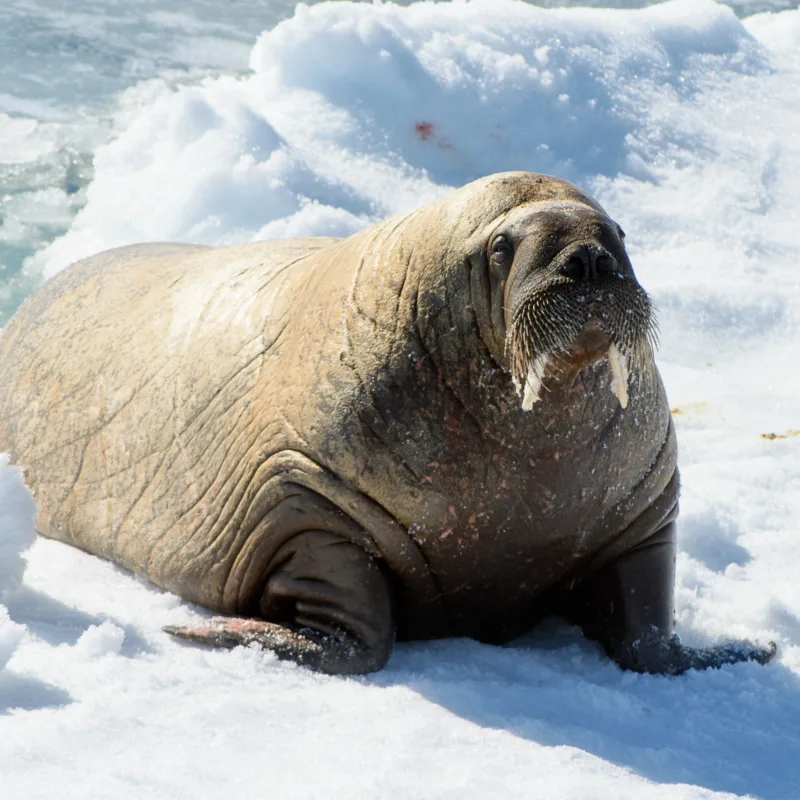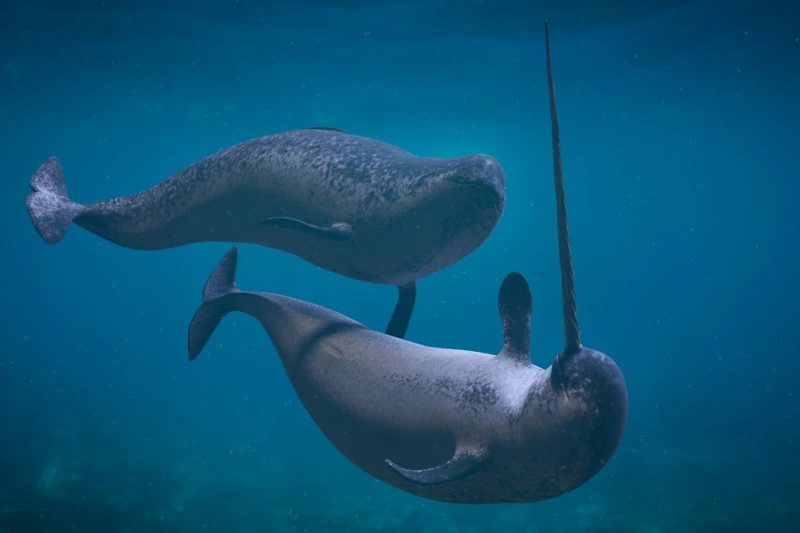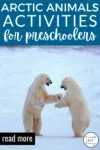Every winter, the Arctic captivates our imaginations as snow blankets the frozen landscape and polar animals find ingenious ways to survive the frigid conditions. For young learners just starting to explore the world, the far north seems almost magical.
In this post, we will introduce you to activities that bring the Arctic into your classroom or homeschool space, keeping little minds engaged as they discover how animals like polar bears, Arctic foxes, seals and more make the most of their icy home.
With simple crafts, games and sensory experiences focused on texture, color and adapting to change, preschoolers can immerse themselves in the wonders of the Arctic while developing important skills. Read on for ideas to spark their curiosity about the freeze!

Fun Facts about Arctic Animals for Kids
- The Arctic is a frozen region near the North Pole, and it’s home to many unique animals adapted to the cold.
- Polar bears are the largest land predators in the world and primarily live in the Arctic. They are excellent swimmers and can travel long distances in the water.
- Penguins are not found in the Arctic; they live in the Southern Hemisphere, mainly in Antarctica.
- The Arctic fox has thick fur that changes color with the seasons. It’s white in winter and brown in summer.
- Narwhals are known as the “unicorns of the sea” because of their long, spiral tusks that can grow up to 10 feet long.
- Beluga whales are known as “sea canaries” because of their high-pitched vocalizations.
- Seals are common in the Arctic and can be found lounging on ice floes.
- The Arctic hare has a thick white coat to help it blend in with the snowy landscape.
- Lemmings are small rodents that live in the Arctic and are known for their mass migrations.
- Caribou, also known as reindeer in Europe, are well-adapted to the harsh Arctic climate and are known for their long migrations.
- Arctic terns are remarkable birds that migrate from the Arctic to the Antarctic and back each year, traveling over 44,000 miles.
- Walruses have long tusks and are excellent swimmers. They use their tusks to haul themselves out of the water and onto ice floes.
- Snowy owls are well-camouflaged in the snowy landscape, and they have bright yellow eyes.
- The Arctic is also home to many species of seabirds, like puffins and kittiwakes.
- The stoat, also known as the ermine in its white winter coat, is a small carnivorous mammal that hunts in the Arctic.
- Muskoxen are large, shaggy animals that are well-suited for the cold Arctic winters.
- The Arctic is an essential breeding ground for various species of migratory birds that travel there to raise their young during the brief summer months.
- The Arctic is a fragile ecosystem, and the effects of climate change are impacting many of the animals that call it home.
- Many Arctic animals have adapted to the extreme cold by having layers of blubber, thick fur, and specialized behaviors to stay warm.
- Polar bears rely on sea ice to hunt seals, their primary food source, and they face challenges as the Arctic ice melts due to climate change.
These facts can help kids learn more about the fascinating animals that inhabit the Arctic and the importance of conserving their fragile environment.

Arctic Animals Preschool Activities
Arctic Animal Sorting
Provide pictures or mini figurines of various Arctic animals (e.g., polar bears, penguins, seals, and walruses) and have the children sort them into categories based on characteristics like size, color, or habitat.
Arctic Animal Sensory Bin
Create a sensory bin filled with materials like cotton balls (to mimic snow), plastic ice cubes, and Arctic animal figurines. Children can explore the bin, feel the textures, and play with the animals.
Arctic Animal Art
- Cotton Ball Snowy Owl: Have children use cotton balls and glue to create a snowy owl. They can also add paper cutouts for the beak and eyes.
- Handprint Polar Bear: Help preschoolers make handprint polar bears by painting their palms white and then adding details like eyes, nose, and mouth.
- Iceberg Painting: Provide blue paper and white paint. Let the children create their own Arctic scenes, including icebergs, with paintbrushes or even their fingers.
Arctic Animal Stories
Read books about Arctic animals, such as “Polar Bear, Polar Bear, What Do You Hear?” by Bill Martin Jr. and Eric Carle, or “The Snowy Day” by Ezra Jack Keats. Encourage discussion and ask questions related to the stories.

Arctic Animal Dance
Play some Arctic-themed music and have a dance party where children can move and pretend to be different Arctic animals, like waddling penguins, sliding seals, or lumbering polar bears.
Arctic Animal Science
- Blubber Experiment: Discuss how Arctic animals stay warm in cold water with a layer of blubber. Fill two plastic bags, one with shortening or lard and one without, and have the children put their hands in each to feel the difference in insulation.
- Ice Exploration: Freeze small plastic Arctic animals in ice cubes and let children “rescue” them using warm water, plastic tools, or toy hammers.
Arctic Animal Puzzles
Provide puzzles featuring Arctic animal images, helping children develop problem-solving and fine motor skills as they assemble the pieces.
Arctic Animal Songs
Teach preschoolers songs or rhymes related to Arctic animals, such as “Five Little Penguins” or “The Walrus Song.” Kids love music and movement! Singing can be a fun way to engage them.
Arctic Animal Yoga
Incorporate yoga poses that mimic Arctic animals, like the Polar Bear Pose (standing on two legs and raising arms overhead) or the Penguin Pose (crouching and sliding).
These activities will not only teach preschoolers about Arctic animals but also engage their creativity, motor skills, and cognitive development.
Be sure to adapt the activities to the age and abilities of the children in your care and always prioritize their safety and supervision during hands-on activities.

